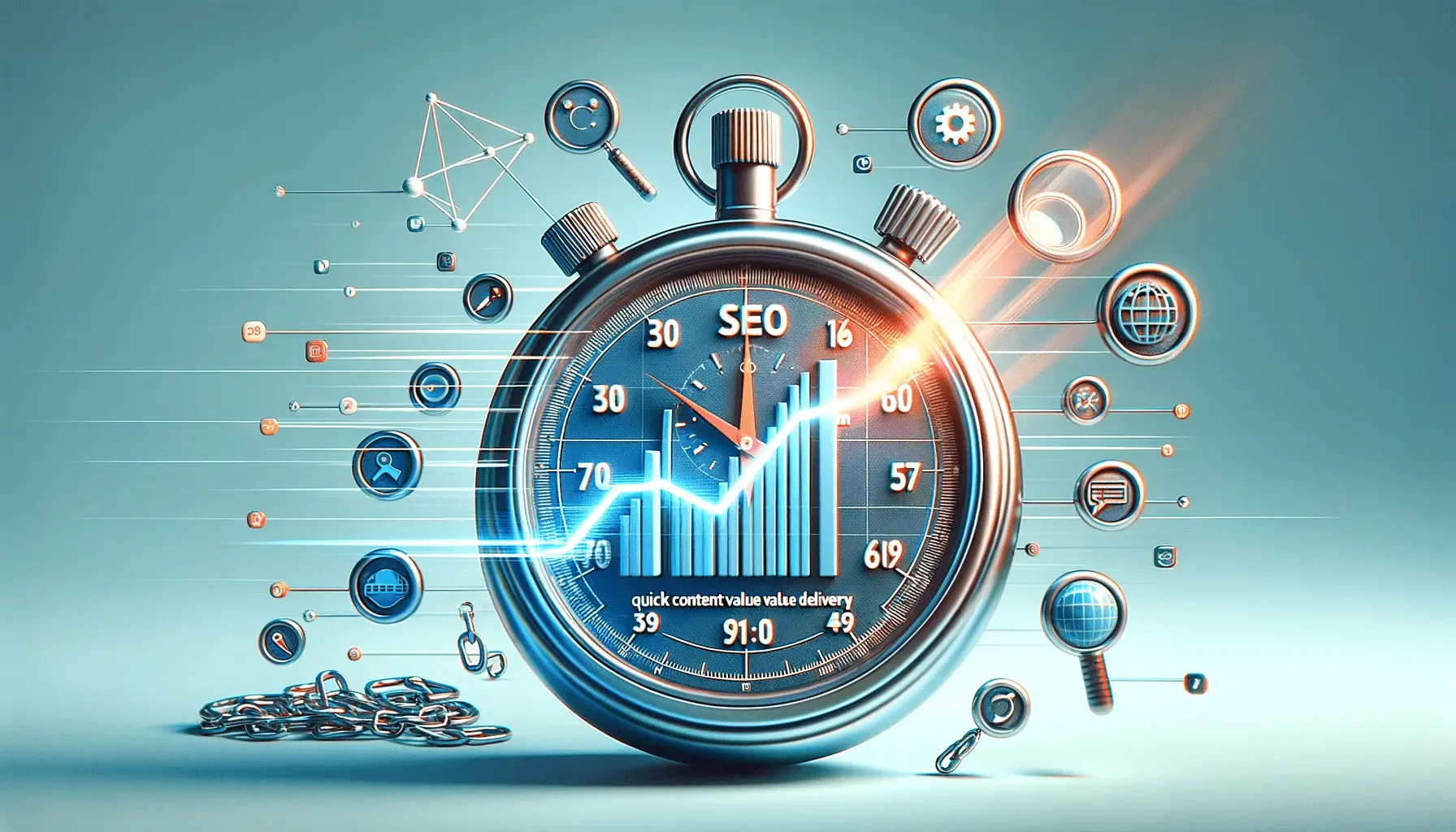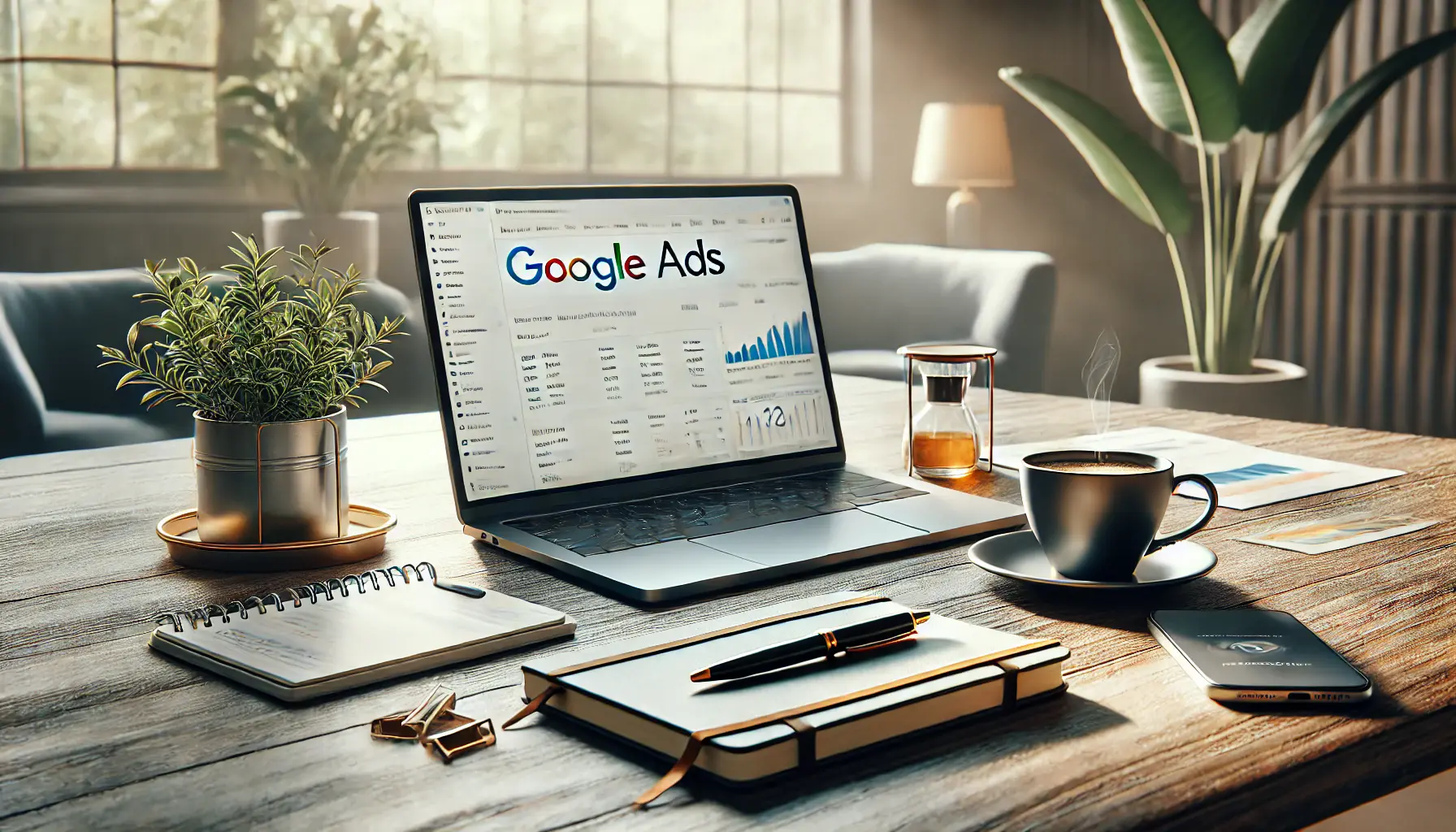Facebook Ads have become a cornerstone in the digital marketing landscape, offering businesses of all sizes a platform to reach their target audience effectively.
With over 2.8 billion active users, Facebook presents a vast and diverse audience, making it a lucrative channel for advertisers.
However, the question remains: Are Facebook Ads worth the investment? This article delves into the intricacies of Facebook advertising, exploring its impact, value, and how businesses can maximize their return on investment.
In the realm of online advertising, Facebook has carved out a significant niche.
It’s not just about the sheer number of users but the sophisticated algorithms and targeting options that make Facebook Ads a compelling choice for marketers.
Understanding the nuances of Facebook’s advertising platform is key to unlocking its potential.
This exploration aims to provide a comprehensive analysis, offering insights and strategies to leverage Facebook Ads effectively.
- Understanding the Facebook Advertising Landscape
- Maximizing Engagement with Facebook Ad Formats
- Effective Targeting: The Heart of Facebook Ads’ Success
- Tracking and Measuring Ad Performance
- Ad Creatives: Crafting Compelling Content
- Overcoming Challenges and Optimizing Campaigns
- Future Trends and Evolving Landscape of Facebook Ads
- Concluding Insights on Facebook Ads Worth
- Facebook Ads Worth: Frequently Asked Questions
Understanding the Facebook Advertising Landscape
The landscape of Facebook advertising is ever-evolving, shaped by trends, user behavior, and technological advancements.
At its core, Facebook Ads offer a unique blend of reach, targeting precision, and user engagement.
This combination is what sets Facebook apart in the digital advertising space.
However, navigating this landscape requires a deep understanding of its components and how they interact with each other.
One of the critical aspects of Facebook Ads is its targeting capabilities.
Advertisers can pinpoint their audience based on demographics, interests, behaviors, and even life events.
This level of granularity ensures that ads are shown to the most relevant audience, increasing the likelihood of engagement and conversion.
Moreover, Facebook’s algorithm continuously learns from user interactions, further refining the targeting process over time.
Cost-Effectiveness of Facebook Ads
When evaluating the worth of Facebook Ads, cost-effectiveness is a primary consideration.
The platform operates on a pay-per-click (PPC) model, where advertisers only pay when users interact with their ads.
This model is advantageous for businesses as it aligns advertising costs with actual performance.
Additionally, Facebook provides various bidding strategies, allowing advertisers to control their ad spend based on their campaign objectives and budget constraints.
Despite the rising costs of Facebook Ads over the years, they remain a cost-effective solution compared to traditional advertising mediums.
The average cost per click (CPC) on Facebook varies depending on factors such as industry, ad quality, and competition.
However, it generally ranges from $0.30 to a couple of dollars, offering a viable option for businesses with varying budget sizes.
Key Point: Facebook Ads’ cost-effectiveness lies in its PPC model and sophisticated targeting capabilities, making it a viable option for businesses seeking efficient ad spend.
Maximizing Engagement with Facebook Ad Formats
Facebook’s diverse range of ad formats is designed to cater to different marketing objectives and audience preferences.
From traditional image ads to interactive carousel and video ads, each format offers unique advantages.
Understanding and utilizing these formats effectively is crucial for engaging your audience and achieving your marketing goals.
Image ads, for instance, are straightforward yet powerful, ideal for conveying a clear message with a single, compelling visual.
On the other hand, video ads can be more engaging, telling a story or demonstrating a product in action.
Carousel ads allow showcasing multiple products or features, providing an interactive experience for users.
Choosing the Right Ad Format
- Image Ads: Best for simplicity and direct messaging.
- Video Ads: Ideal for storytelling and product demonstrations.
- Carousel Ads: Suitable for showcasing a range of products or features.
Engagement Strategies for Different Formats
Each ad format requires a different approach to maximize engagement.
For image ads, high-quality visuals and a clear call-to-action (CTA) are paramount.
Video ads should be captivating from the first second, with a focus on storytelling and emotional connection.
Carousel ads benefit from a cohesive narrative across each card, encouraging users to swipe through.
It’s also essential to align the ad format with the campaign’s objective.
For instance, video ads might be more effective for brand awareness campaigns, while carousel ads could be moresuitable for driving product sales or website traffic.
Idea: Tailoring the ad format to your campaign’s objective enhances engagement and drives better results.
Effective Targeting: The Heart of Facebook Ads’ Success
At the heart of Facebook Ads’ effectiveness lies its unparalleled targeting capabilities.
Advertisers can tap into a wealth of user data to reach their ideal audience.
This precision targeting is not just about demographics but also interests, behaviors, and even user interactions on the platform.
Understanding and leveraging these targeting options can significantly enhance the impact of your advertising efforts.
It allows for the creation of highly relevant and personalized ad experiences, which are more likely to resonate with the audience and lead to conversions.
Detailed Targeting Options
- Demographic Targeting: Age, gender, location, education, and more.
- Interest-Based Targeting: User interests, likes, and activities.
- Behavioral Targeting: Purchase behavior, device usage, and other actions.
Custom and Lookalike Audiences
Facebook also offers advanced targeting through Custom and Lookalike Audiences.
Custom Audiences allow advertisers to reach users who have already interacted with their business, such as website visitors or app users.
Lookalike Audiences, on the other hand, enable reaching new users who share similar characteristics with an existing customer base, expanding reach while maintaining relevance.
These advanced targeting methods are particularly effective for retargeting campaigns and for scaling your advertising efforts to reach new, high-potential audiences.
Note: Utilizing Facebook’s advanced targeting options like Custom and Lookalike Audiences can significantly improve campaign performance by reaching more relevant audiences.
Tracking and Measuring Ad Performance
One of the critical advantages of Facebook Ads is the ability to track and measure performance in real-time. This capability is crucial for understanding the effectiveness of your campaigns and making data-driven decisions.
Facebook provides a range of metrics and tools to help advertisers monitor their ad performance and ROI.
Key performance indicators (KPIs) such as click-through rate (CTR), conversion rate, and return on ad spend (ROAS) offer insights into how well your ads are resonating with your audience and driving desired actions.
Regularly analyzing these metrics allows for ongoing optimization of your campaigns.
Essential Metrics for Evaluating Ad Performance
- Click-Through Rate (CTR): Measures the percentage of people who clicked on your ad after seeing it.
- Conversion Rate: The percentage of users who took a desired action after clicking on your ad.
- Return on Ad Spend (ROAS): The revenue generated for every dollar spent on advertising.
Using Facebook’s Analytics Tools
Facebook’s analytics tools, such as Facebook Insights and the Facebook Pixel, provide in-depth data about your ad performance and audience behavior.
These tools can track user actions on your website, helping you understand the customer journey and attribute conversions to specific ads.
By leveraging this data, advertisers can refine their targeting, ad creatives, and overall strategy for better results.
Continuously monitoring and analyzing ad performance is vital for optimizing campaigns and ensuring that your Facebook Ads are delivering the desired impact and value.
Truth: Regular analysis and optimization based on Facebook’s analytics tools are key to maximizing the effectiveness of your ad campaigns.
Ad Creatives: Crafting Compelling Content
The success of Facebook Ads heavily relies on the quality and appeal of the ad creatives.
A well-crafted ad creative not only captures attention but also communicates the brand message effectively and encourages user engagement.
This involves a blend of creativity, strategic messaging, and a deep understanding of the target audience.
Creating compelling ad creatives requires a focus on visual elements, copywriting, and overall design.
These elements must work together harmoniously to create an impactful and memorable ad experience.
Key Elements of Effective Ad Creatives
- Visual Appeal: High-quality images or videos that grab attention.
- Clear Messaging: Concise and compelling copy that conveys the value proposition.
- Strong Call-to-Action: A clear CTA that guides users on what to do next.
Ad Creative Best Practices
To ensure your ad creatives stand out, it’s important to keep up with the latest trends and best practices.
This includes using high-resolution images, short and engaging videos, and direct, action-oriented copy.
Testing different creative variations can also help identify what resonates best with your audience.
Remember, the goal of your ad creative is not just to inform but to inspire action.
Whether it’s making a purchase, signing up for a newsletter, or downloading an app, your creative should align with your campaign’s objectives and motivate the desired user response.
Featured Info: Effective ad creatives are a blend of visual appeal, clear messaging, and a strong call-to-action, aligned with the campaign’s objectives.
Overcoming Challenges and Optimizing Campaigns
While Facebook Ads offer immense potential, advertisers often face challenges that can impact the effectiveness of their campaigns.
Common issues include ad fatigue, audience overlap, and changes in Facebook’s algorithms.
Overcoming these challenges is crucial for maintaining the efficiency and effectiveness of your advertising efforts.
Optimizing campaigns involves a continuous process of testing, learning, and adjusting.
This includes refining targeting, experimenting with ad formats, and adjusting bidding strategies.
Staying agile and responsive to performance data is key to navigating the dynamic landscape of Facebook advertising.
Strategies to Overcome Common Facebook Ad Challenges
- Ad Fatigue: Regularly refresh ad creatives to maintain user interest.
- Audience Overlap: Use Facebook’s Audience Overlap tool to ensure distinct targeting.
- Algorithm Changes: Stay updated with Facebook’s updates and adjust strategies accordingly.
Testing and Learning for Optimization
Implementing A/B testing is a powerful way to discover what works best in your Facebook Ads.
This involves testing different versions of ad creatives, targeting, and placements to see which combinations yield the best results.
Learning from these tests allows for the fine-tuning of campaigns, ensuring that your advertising budget is utilized effectively.
Ultimately, the goal is to create a cycle of continuous improvement, where insights from ongoing campaigns inform future strategies.
This approach not only helps in overcoming challenges but also in capitalizing on new opportunities within the Facebook advertising space.
Idea: Embrace a cycle of testing, learning, and optimizing to continuously improve Facebook Ad campaigns and overcome common challenges.
Future Trends and Evolving Landscape of Facebook Ads
The landscape of Facebook Ads is constantly evolving, influenced by technological advancements, changing user behaviors, and market trends.
Staying ahead in this dynamic environment requires an understanding of emerging trends and the ability to adapt strategies accordingly.
As we look to the future, several key trends are likely to shape the world of Facebook advertising.
Advancements in artificial intelligence (AI) and machine learning are set to revolutionize ad targeting and personalization.
Facebook’s increasing integration with e-commerce platforms and the rise of augmented reality (AR) in ads are also trends to watch.
These developments promise to enhance the interactivity and effectiveness of Facebook Ads.
Emerging Trends in Facebook Advertising
- AI and Machine Learning: Enhanced targeting and ad personalization.
- E-commerce Integration: Seamless shopping experiences within the platform.
- Augmented Reality Ads: Interactive and immersive ad experiences.
Adapting to the Changing Landscape
To stay competitive, advertisers must be agile and open to experimentation.
Embracing new technologies and trends, while continuously refining their approach based on performance data, will be crucial.
The future of Facebook Ads is not just about reaching audiences but creating more meaningful and engaging experiences for them.
As the digital advertising space becomes more crowded and sophisticated, the ability to innovate and adapt will be key differentiators for successful Facebook advertising campaigns.
Looking ahead, the potential of Facebook Ads remains vast, with ongoing developments promising to open new avenues for reaching and engaging audiences effectively.
Truth: The future of Facebook Ads lies in embracing emerging trends like AI, e-commerce integration, and AR, adapting strategies to create more engaging and effective ad experiences.
Concluding Insights on Facebook Ads Worth
In the ever-evolving digital marketing landscape, Facebook Ads have emerged as a pivotal tool for businesses aiming to expand their reach and impact.
The journey through the multifaceted world of Facebook advertising reveals a platform rich in opportunities, yet demanding strategic finesse and adaptability.
As we conclude, it’s essential to reflect on the key insights and future directions of Facebook Ads.
Summarizing the Worth of Facebook Ads
Facebook Ads’ worth is underscored by its vast user base, advanced targeting capabilities, and diverse ad formats.
These features collectively create a fertile ground for businesses to connect with their audience in meaningful ways.
The platform’s cost-effectiveness, coupled with its robust analytics, offers a compelling case for its inclusion in any marketing strategy.
However, the true value of Facebook Ads lies in the ability of advertisers to craft compelling content, optimize campaigns continuously, and adapt to the platform’s evolving nature.
Looking Ahead: The Future of Facebook Advertising
- Integration of AI and Machine Learning: Enhancing targeting precision and ad personalization.
- Seamless E-commerce Experiences: Bridging the gap between ads and direct purchases.
- Advent of Augmented Reality: Offering immersive and interactive ad experiences.
The trajectory of Facebook Ads is set towards greater interactivity, personalization, and integration with emerging technologies.
Advertisers who embrace these changes, staying agile and innovative, are poised to reap the most significant benefits.
The future of Facebook Ads is not just about reaching audiences but engaging them in more profound and impactful ways.
In conclusion, the worth of Facebook Ads is evident in its ability to adapt, grow, and offer unparalleled opportunities for businesses to connect with their audience.
As the platform continues to evolve, so too must the strategies of those who use it.
The journey with Facebook Ads is one of continuous learning, adaptation, and growth, promising a landscape rich with potential for those ready to explore it.
Enjoyed the article? Let its author handle your social media ads. Visit our service page to get started!
Facebook Ads Worth: Frequently Asked Questions
As Facebook Ads continue to be a pivotal part of digital marketing strategies, several questions frequently arise regarding their effectiveness and value.
Here are some of the most commonly asked questions, providing insights into the worth of Facebook Ads.
Yes, Facebook Ads are highly effective for small businesses due to their precise targeting options and flexible budgeting, allowing for tailored campaigns that meet specific business needs.
The ideal budget for Facebook Ads varies based on your business goals and audience.
Starting with a modest budget and gradually increasing based on performance is a common approach.
Key benefits include extensive reach, advanced targeting options, diverse ad formats, and detailed performance tracking, making them a versatile tool for various marketing objectives.
Absolutely. Facebook Ads can significantly drive sales and conversions by reaching a targeted audience with tailored messages, especially when aligned with clear conversion goals.
Success is measured using metrics like click-through rate (CTR), conversion rate, and return on ad spend (ROAS), which provide insights into campaign effectiveness and audience engagement.
Video ads can be more engaging and effective for storytelling and brand awareness, but the effectiveness also depends on the campaign’s goals and target audience.
Facebook’s targeting improves ad performance by allowing advertisers to reach specificaudience segments based on demographics, interests, and behaviors, leading to more relevant and effective ad campaigns.
Challenges include navigating algorithm changes, managing ad fatigue, and ensuring creative content remains engaging and relevant to the target audience for optimal results.









